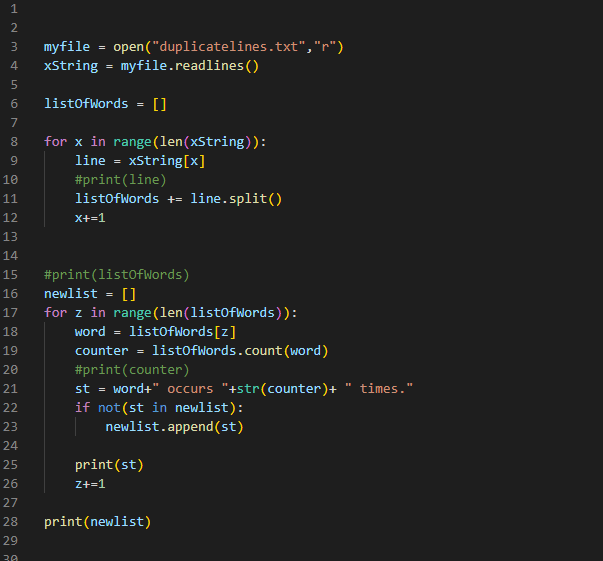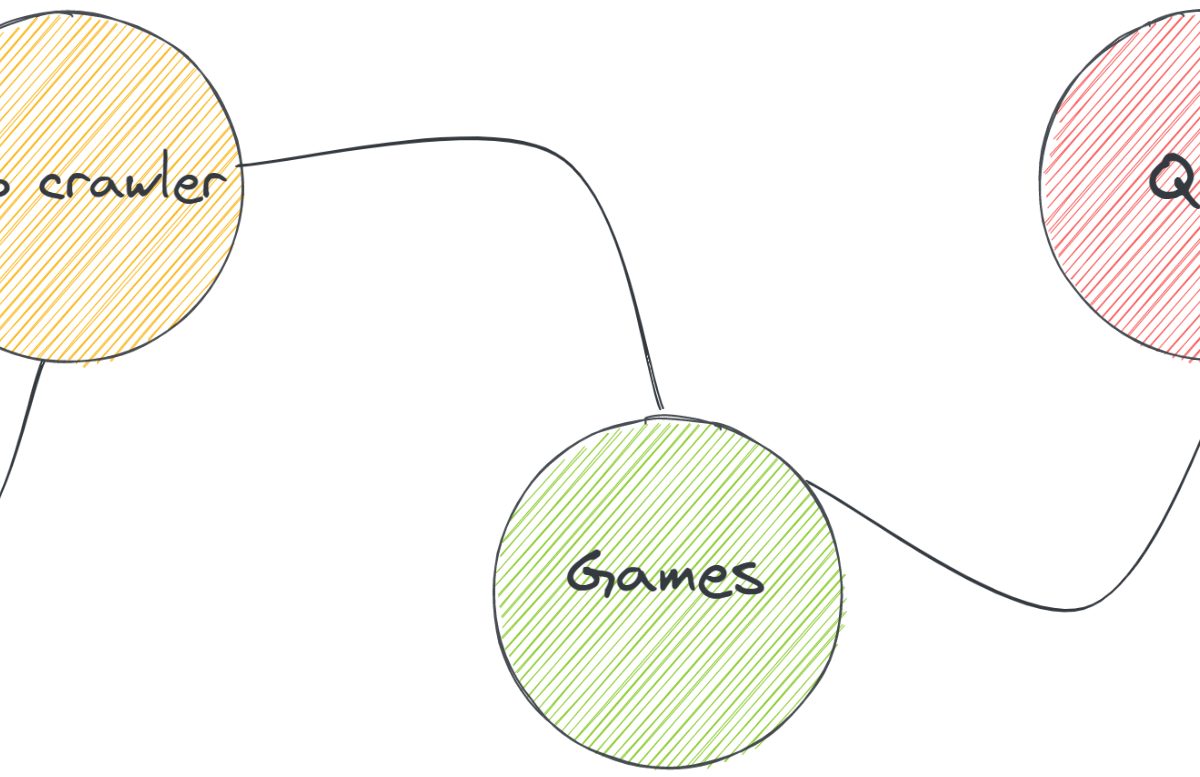 coding-tools-setup">coding-basics">coding-languages">coding-tools">coding Projects for beginners">
coding-tools-setup">coding-basics">coding-languages">coding-tools">coding Projects for beginners">
Looking for exciting Python coding projects to kickstart your programming journey as a beginner? This thorough guide unveils 12 easy yet impactful projects designed specifically for those taking their first steps into the world of Python programming. Python’s versatility and beginner-friendliness make it an ideal language for novices. This guide addresses the common hurdle of finding approachable projects that are both engaging and instructive, providing a structured learning path for those just starting with coding. This article is structured to offer a practical introduction to Python through coding projects, starting with foundational ideas and progressing to more complex applications. Each project will be detailed with descriptions, code examples, and potential solutions, allowing you to grasp the underlying logic and apply it to your own projects.
Introduction to Python Programming and Projects
Laying the Groundwork for achievement
Python is a popular high-level, general-purpose programming language renowned for its readability and versatility. Its clear syntax and extensive libraries make it an excellent choice for beginners learning to code. This accessibility combined with its immense scope in various applications, from web development to data science, fuels its popularity. A common challenge for beginners is finding manageable projects to help them translate theoretical knowledge into practical application. This section introduces the fundamentals of Python programming and the rationale behind choosing beginner-friendly projects.
Python's Appeal for Beginners
Compared to other languages, Python stands out due to its intuitive syntax. This ease of use significantly shortens the learning curve, allowing you to grasp core programming ideas quickly. The availability of numerous online resources, extensive documentation, and vibrant communities further supports the learning process, fostering an encouraging and supportive environment for aspiring Python developers. These factors contribute substantially to Python’s popularity among beginners, encouraging them to delve deeper into the world of programming.
Simple Text-Based Games
Creating Interactive Experiences
Developing simple text-based games is an excellent way to learn core Python ideas like loops, conditional statements, and user input. These games offer interactive experiences, allowing users to make choices that affect the game’s progression. This offers a strong foundation for understanding program flow and decision-making. Examples include adventure games, number guessing games, or simple quizzes. The challenge for beginners lies in designing engaging gameplay that is both fun and educational. By implementing clear feedback mechanisms and user-friendly interfaces, the game becomes more enjoyable.
Example: A Number Guessing Game
This game challenges users to guess a randomly generated number. The program generates a random number between 1 and 100, and the user is prompted to guess it. The game offers clues (higher or lower) until the correct number is guessed, offering a practical application of loops and conditional statements.
Basic Calculator Application
Building a functional Tool
Creating a calculator is a simple project that demonstrates fundamental programming ideas like arithmetic operations, input handling, and user interface design. A basic calculator, with addition, subtraction, multiplication, and division functions, is a beginner-friendly project that allows learners to explore arithmetic operations. This practical exercise enables students to grasp how computer programs manipulate data and perform computations efficiently.
Implementing the Calculator's functionality
Using input functions, you can prompt the user to enter two numbers and the desired operation (+, -, *, /). The program then performs the calculation and displays the outcome. Error handling (to prevent division by zero, etc.) is an crucial element of good programming practice. Building a robust calculator with error handling ensures that the program functions correctly for a broader scope of input conditions, making it more user-friendly.
Currency Converter Application
Solving Real-World Problems
Developing a currency converter is a useful application, demonstrating data manipulation and conversion between varied currencies. Currency conversion is a straightforward application that lets users learn about data manipulation and varied currency rates. This project can also include fetching currency exchange rates from an API, which is a practical application of integrating external data.
Example: Exchange Rate Data Integration
By incorporating an external API for currency exchange rates, you can create a more dynamic currency converter. This integration adds complexity, demonstrating the ability to access and process data from external sources. This showcases how Python can be integrated with external data to build powerful applications.
To-Do List Application
Managing Tasks Efficiently
Building a simple to-do list is a versatile task management project. This practical application allows users to input, store, and manage tasks, which offers a foundational understanding of lists, file handling, and user interaction. This project offers a tangible application, showing how programming can be applied to everyday tasks and organization.
Storing Tasks in Files
Implement a file-handling mechanism to save and load the to-do list items. This introduces ideas of persisting data, allowing the list to be maintained between sessions and offering flexibility.
In conclusion, mastering Python through these 12 easy coding projects is a rewarding journey. You’ve gained practical experience, boosted your confidence, and opened doors to exciting future opportunities in programming. Now, go forth and build amazing things with Python! Ready to dive deeper? Check out our advanced Python tutorials for even more challenging projects and expand your skills further.
